Table of Contents
SCHOOL-LINKED SERVICES
School-Linked Services PROMOTING EQUITY FOR CHILDREN, FAMILIES, AND COMMUNITIES Laura R. Bronstein
and Susan E. Mason |
| COLUMBIA UNIVERSITY PRESS NEW YORK |
COLUMBIA UNIVERSITY PRESS
Publishers Since 1893
New York, Chichester, West Sussex
cup.columbia.edu
Copyright 2016 Columbia University Press
All rights reserved
E-ISBN 978-0-231-54177-0
Library of Congress Cataloging-in-Publication Data
Names: Bronstein, Laura R., author. | Mason, Susan Elizabeth, author.
Title: School-linked services : promoting equity for children, families, and communities / Laura R. Bronstein and Susan E. Mason.
Description: New York : Columbia University Press, [2016] | Includes bibliographical references and index.
Identifiers: LCCN 2015041676| ISBN 9780231160940 (cloth) | ISBN 9780231160957 (pbk.)
Subjects: LCSH: Community and school. | Children with social disabilitiesServices for.
Classification: LCC LC215 .B7 2016 | DDC 372.42/5dc23
LC record available at http://lccn.loc.gov/2015041676
A Columbia University Press E-book.
CUP would be pleased to hear about your reading experience with this e-book at .
Cover design: Rebecca Lown
References to websites (URLs) were accurate at the time of writing. Neither the author nor Columbia University Press is responsible for URLs that may have expired or changed since the manuscript was prepared.
FROM LAURA: FOR ARIA, ALEXANDER, AND EVAN, LIGHTS OF MY LIFE; AND FOR CHUCK, FOR YOUR LOVE AND SUPPORT.
FROM SUSAN: TO MY PARENTS WHO WOULD HAVE UNDERSTOOD MY REASON FOR WRITING THIS BOOK; AND TO VICTOR, FOR UNDERSTANDING ME, AND FOR YOUR LOVE.
AND FROM US BOTH: FOR THOSE EVERYWHERE WORKING TO BREAK THE CYCLE OF POVERTY AND PROMOTE EQUITY: OUR STUDENTS, COLLEAGUES, AND COMMUNITY MEMBERS IN ALL CORNERS OF THE GLOBE
CONTENTS
 JANE QUINN
JANE QUINNVice President for Community Schools, and Director, National Center for Community Schools, The Childrens Aid Society, New York City
SCHOOL-LINKED SERVICES: Promoting Equity for Children, Families, and Communities is the right book at the right time. It is the right book because it does such a masterful job of marrying theory with practice. As seasoned university professors, the co-authors are well versed in both historical and current research, which they use to undergird their many cogent arguments about the why and how of schools partnerships with families and communities. On the practice side, Bronstein and Mason highlight a wide array of partnership exemplars, and allow the voices of their initiative leaders to take center stageproviding authenticity and passion for the work.
Now, on to why it is the right time for this book. For many decades, the idea of school, family, and community partnerships fell into the nice but not necessary category of education reform strategies. Researchers rarely deemed the topic worthy of serious study, and philanthropists virtually ignored its potential. Likewise, schools of education hardly mentioned the subject, and working educators mistakenly thought family and community partnerships would distract them from the laser-like focus on instruction they were encouraged to pursue.
But recent research has converged with contemporary practitioner experience to create a new understanding. Perhaps by sheer coincidence, 2010 was a landmark year during which two critical studies hit the educational radar and substantially bolstered the case for intentional, well-designed partnerships between schools and their families and communities. The first study, conducted by the Consortium for Chicago School Research, analyzed seven years of data collected by two hundred Chicago public schools and proved definitively that schools partnerships with families and community were an essential ingredient of school improvement (Bryk et al. 2010). In the second important study published in 2010, Teachers College professor Charles Basch documented the causal links between seven common health issues and student success, arguing not only that healthier students are better learners but also that schools ignore this issue at their peril and that they need to partner regularly with health providers who can remove barriers to student achievement (Basch 2010).
Increasingly we find this and other research converging with the experience of classroom teachers and their school leaders. School cannot do it alone has become a frequent cry for help in this new educational landscape punctuated by higher education standards and needier students.
School-Linked Services recognizes and complements this landscape by providing a new paradigm in which professionals from multiple disciplines come together in a collaborative setting and combine their knowledge and skills on behalf of Americas children. This book can be a powerful resource for pre-service programs in education, social work, nursing, and public policy as well as a guide for working professionalspractitioners, policy-setters, and grant-makers. By weaving rigor with compassion, Bronstein and Mason have made a significant contribution to our nations schools and, ultimately, to our nations children.
SCHOOL-LINKED SERVICES: Promoting Equity for Children, Families, and Communities consolidates a wide array of literature and presents conversations with a diverse range of key informants to illustrate that partnerships between schools and communities are as important to educational success as classroom practices. We proceed with the premise that integrating services and expanding family and community partnerships with schools are ways to enhance both academic achievement and social and physical well-being for children and their families. We use the overarching term school-linked services to discuss these partnerships that are based both at schools and in the community. We address a range of types of school-linked services and the myriad ways they can contribute to breaking the cycle of poverty, with a focus on full-service community schools as the gold standard of integrated strategies in family-school-community partnerships. The books focus is on children from low-income families and their schools since, for the most part, middle-class families are able to send their children to school ready to learn and to provide enrichment activities and services that support and maximize learning; children from low-income families often do not have this benefit. Therefore, in the interest of addressing the cycle of poverty, our emphasis (and those of the providers of school-linked services) is largely on partnerships located in economically impoverished communities throughout the United States.
Throughout this book, we draw from literature and profiles with leaders of exemplary initiatives to illustrate methods used to close the achievement gap among students from different socioeconomic backgrounds by implementing strategies and providing services, programs, and relationships critical for childrens success in school and in life. Driven and individualized according to local needs assessments, these strategies include afterschool and summer programs, early childhood education, health and mental health services based at and/or linked with schools, family engagement, youth leadership, etc. In addition to showcasing successful strategies, we also address the policy and funding context within which these partnerships function, including those that enable them to be put in practice and to thrive. Using voices of leaders in the nationboth through an extensive review of literature and through our conversations with them, this book illustrates the variety of ways these partnerships can be actualized to promote equity and help individuals, families, and communities to partner and to advance. Also included in this book are arguments from some who challenge the view that school-linked services are critical to educational success. By including these challenges, we offer the reader an understanding of some of the obstacles faced by proponents of school-linked services, who see them as a means to educational success.



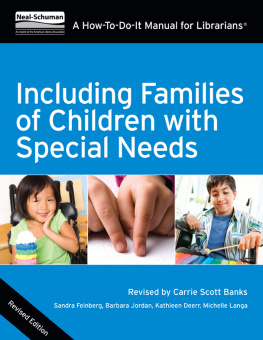
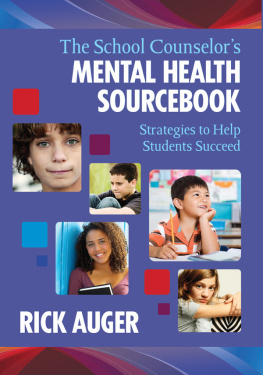

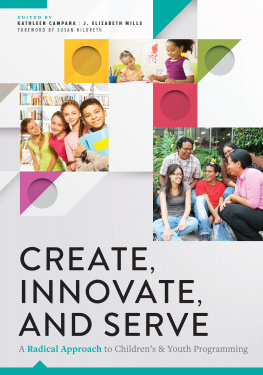

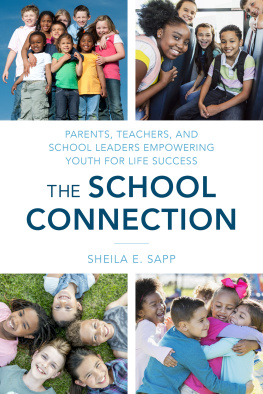

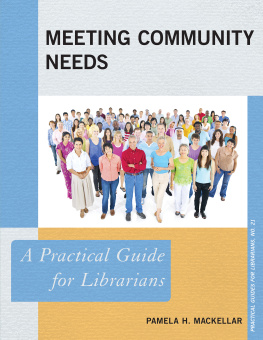


 JANE QUINN
JANE QUINN